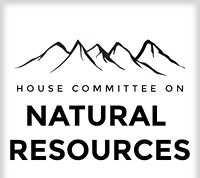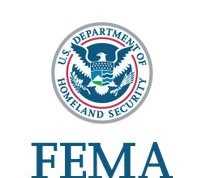EPA Finalizes Plan to Protect Drinking Water in Corozal, P.R.; $3 Million Spent to Date
New York, N.Y. – September 30, 2015 – (RealEstateRama) — The U.S. Environmental Protection Agency has finalized a plan to use natural processes along with the continued use of a system that EPA had already installed to treat contaminated groundwater at the Corozal Well Superfund Site in Corozal, Puerto Rico.
Previously, the EPA installed a system that uses carbon to address pollutants as an initial step to address the risks posed by people drinking contaminated groundwater. Data collected since EPA installed the system confirms that there are no levels of concern at the well. The system will remain in place as a safeguard.
“EPA was able to install this system to provide the community with water that is safe to drink—and that is of paramount importance to us,” said Judith A. Enck, EPA Region 2 Administrator. “That system is working well, and EPA will keep operating it to protect people’s health.”
EPA held a public meeting in Naranjito, P.R. on August 20, 2015 and accepted public comments for 30 days and considered public input before finalizing the plan.
The Corozal well, known locally as the Santana well, serves a small, rural population that is not connected to the Puerto Rico Aqueduct and Sewer Authority public water supply system. In November 2010, the Puerto Rico Department of Health sampled the well, which serves a rural area within the municipalities of Corozal and Naranjito, and found that the chemical tetrachloroethylene, known as PCE, was contaminating a source of drinking water for local residents. Exposure to PCE, a solvent commonly used in industrial processes, can have serious effects on people’s health, including liver damage and an increased risk of cancer.
After discovering the contamination, the Puerto Rico Department of Health ordered the well closed. In March 2011, the EPA sealed the upper portion of the well casing and installed the granular activated carbon treatment system on the well to remove the contaminants and provide the community with water that is safe to drink. The carbon strips out the PCE as the contaminated water is drawn through it. Since 2013, data continuously shows that the water in the well meets drinking water standards for PCE. The EPA will periodically sample the groundwater to confirm that the PCE level continues to decline.
The cleanup of the well is being conducted and paid for by EPA. EPA has not identified the source of the groundwater contamination.
The record of decision will be available at: http://semspub.epa.gov/src/document/02/372867
Contact Information: Brenda Reyes, (787) 977-5869, ; Elias Rodriguez, (212) 637-3664,















